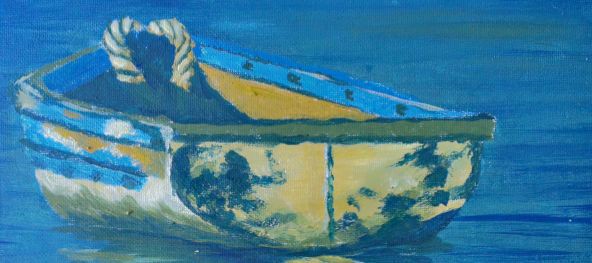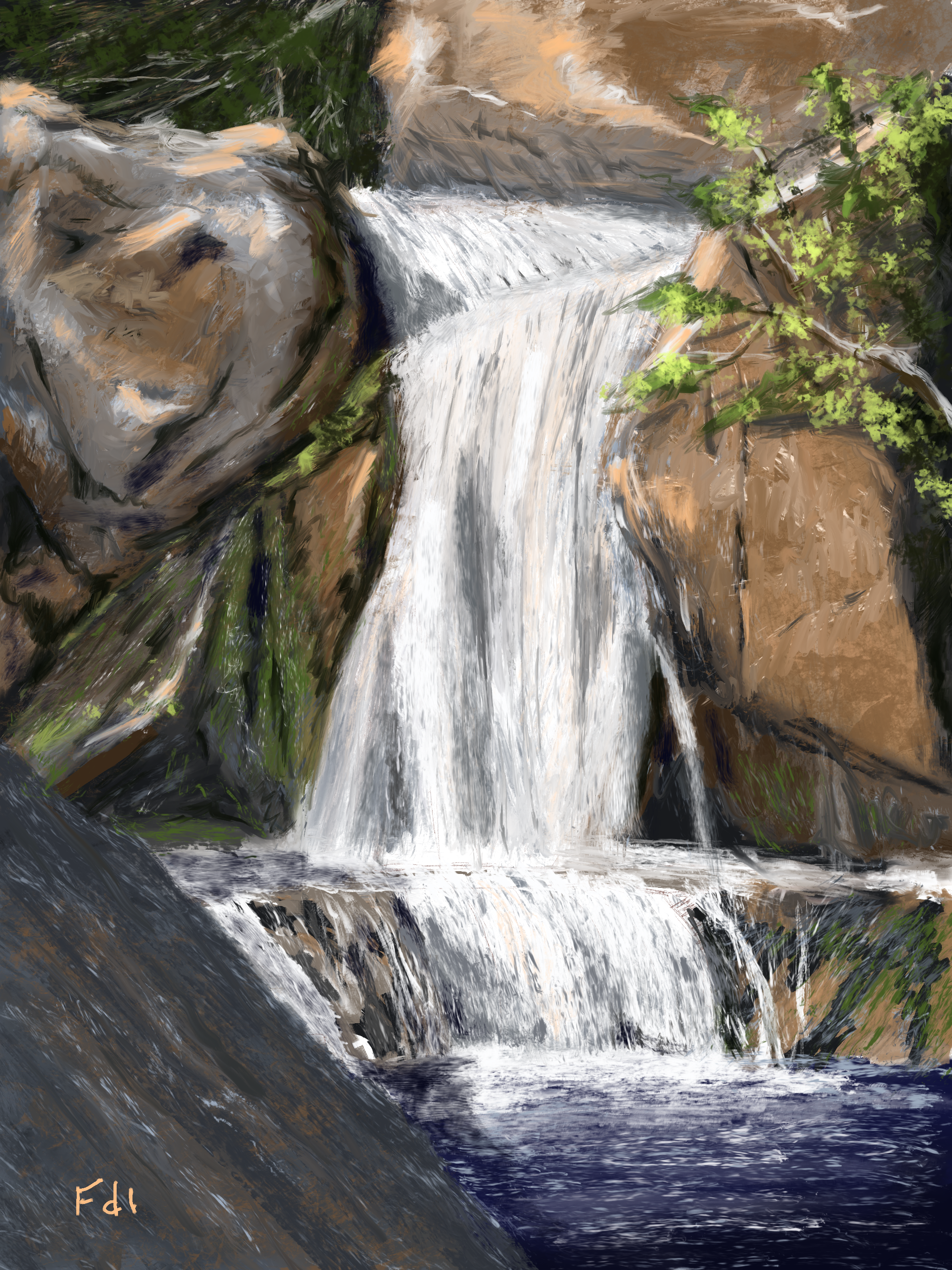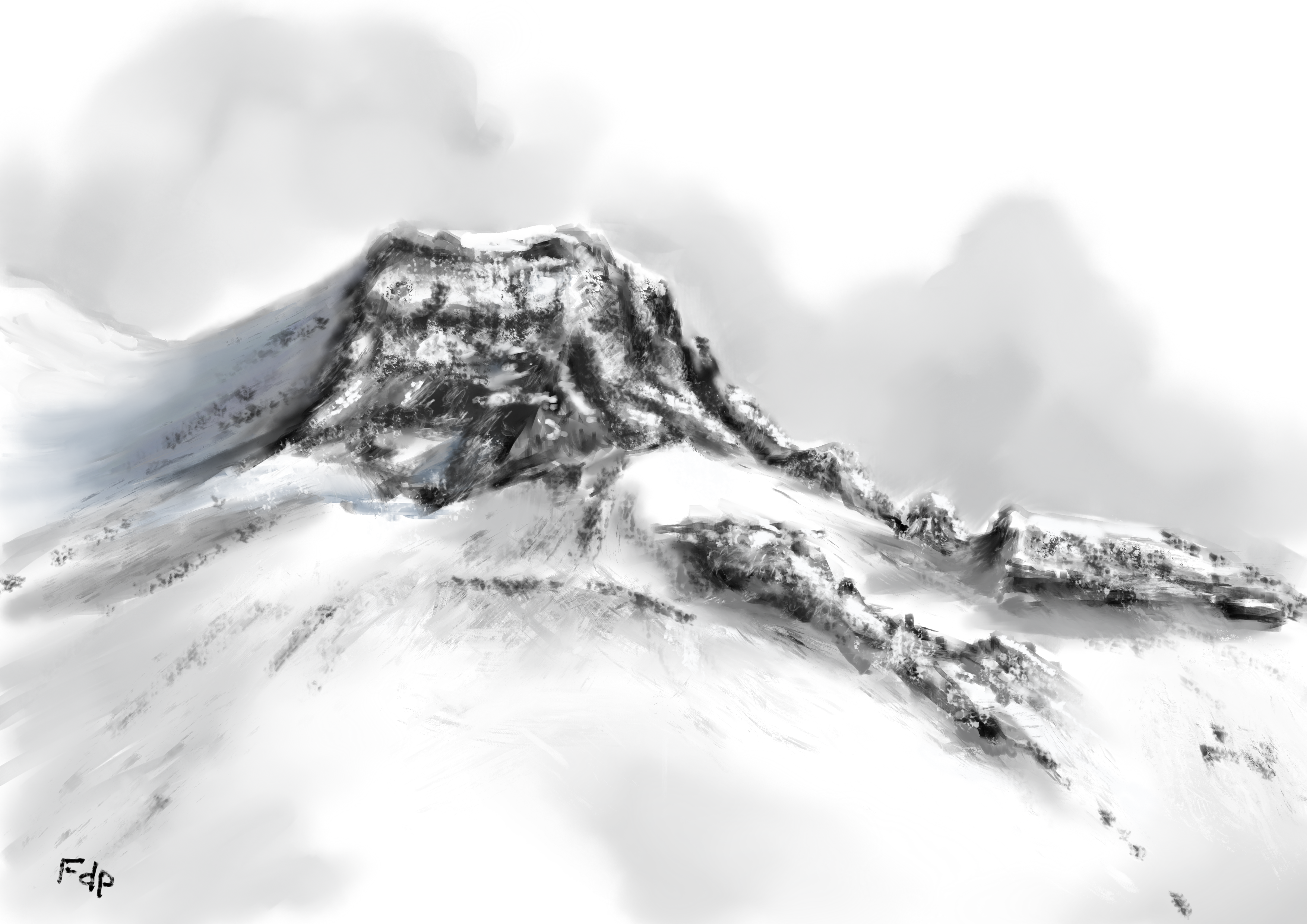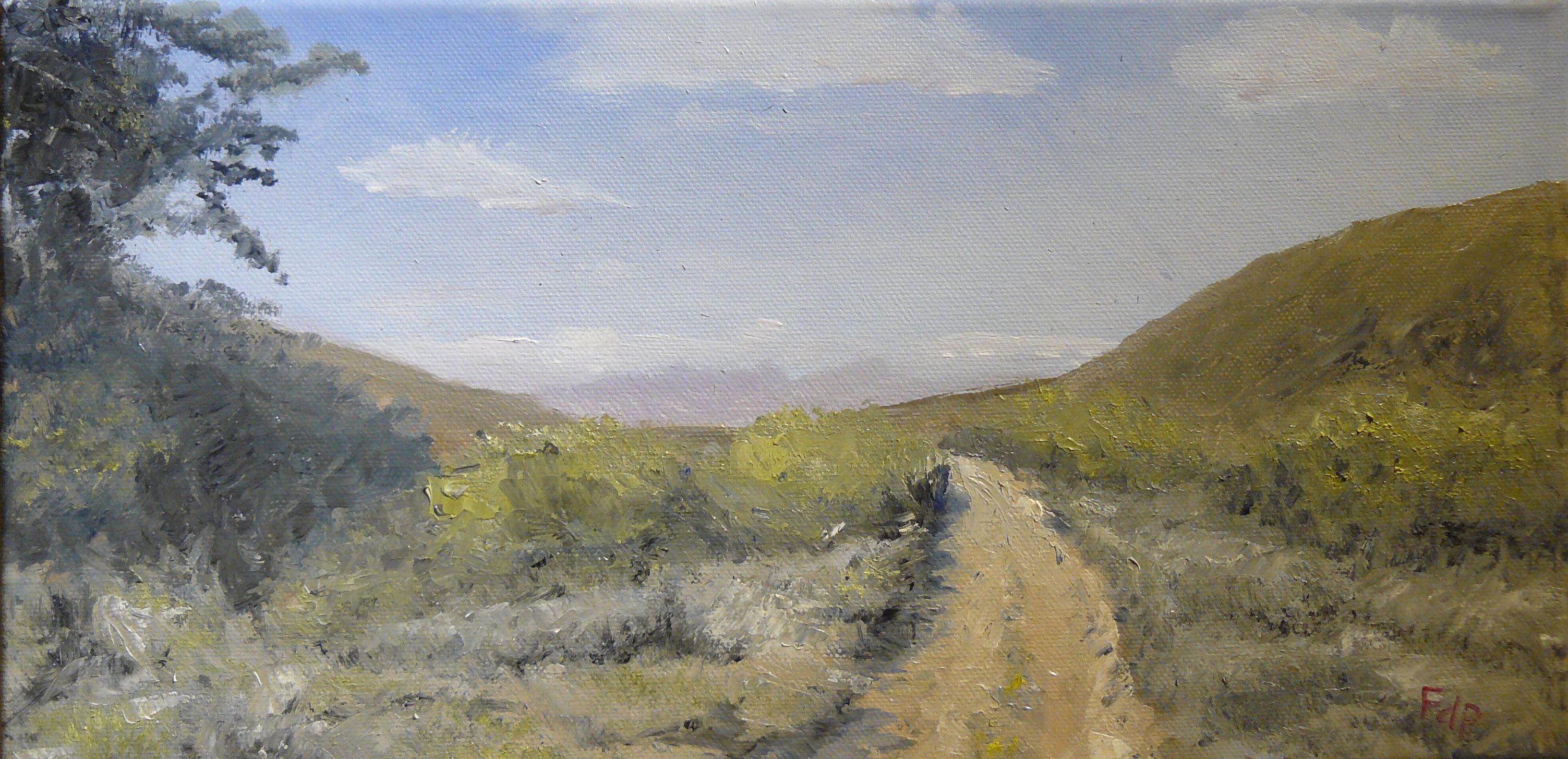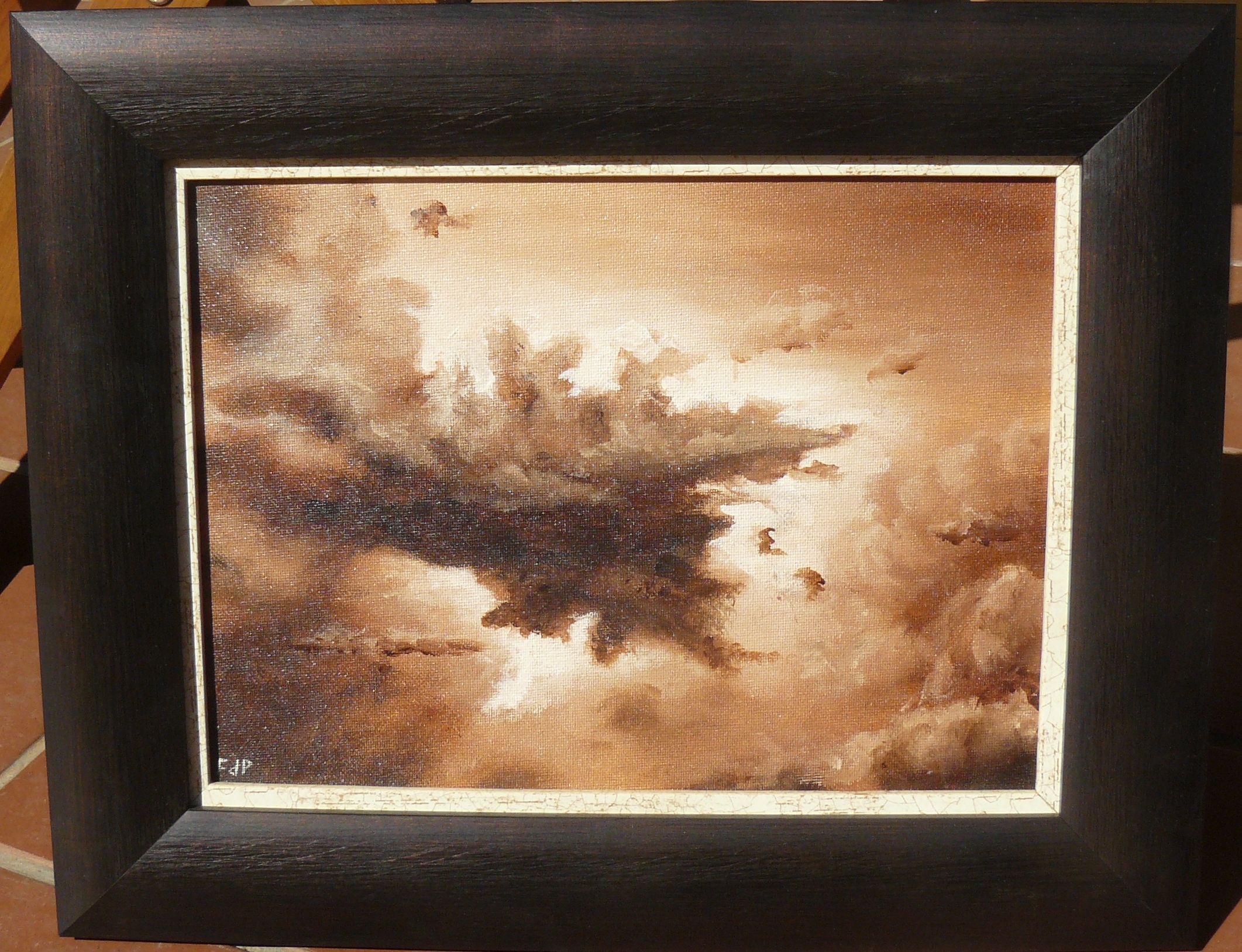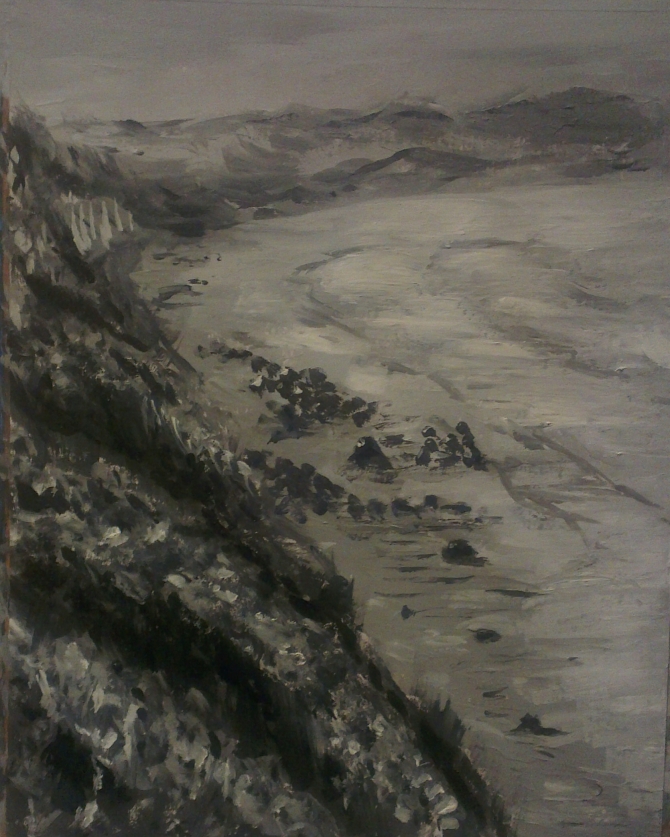I recently came across some of the excellent courses of Richard Robinson (http://www.livepaintinglessons.com/) on landscape painting and while viewing his “Landscape Masterclass” course, realized that there are some components of this course that I did not understand. I subsequently bought his course “Mastering Color” (“color” being spelled wrong, off course…) and have been working through that for the last 2 weeks. It addresses all aspects of colour, tone and value and is highly recommended for anyone interested in taking their painting a step further. The essence of the course lies in the principle that just putting colours together could result in a good picture with a realistic appearance, but that the true quality of the painting will lie in the correct use of value – the dark and light components in an image. It is much more complex, but a simplified first step suggested by Robinson is to make use of a value-scale such as presented below to judge the values in a painting and then only make use of those values (the discrete colours) while painting. One can think of it as converting a photograph of your painting to gray-scale and evaluating that to determine the values in the painting. A good painting with inherent value should then still make sense (have meaning) with the colours reduced to grey-scales.

As first pass, I tried to paint the following grey-scale photo using the grey value-scale.
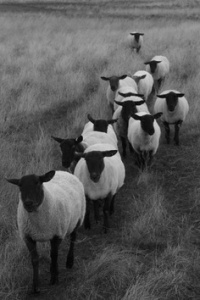
Reference photo for grey value-scale study of the sheep.
I did this study in very poor light since we were in De Rust in December with temperatures of around 40 degrees Celsius. The poor lighting resulted from me working inside with drawn curtains. I tried to work on a couple of things with the two main aspects being the use of the 9 values on the value-scale and trying to paint realistic grass. The painting below presents my efforts. I did not work too much on the realism of the sheep, but I do feel that the shadows are realistic, the use of the value-scale was accomplished to some degree and finally that the grass were painted with a high level of realism. I realized that the grasses must be painted with at least 3 but maybe even with 4 values of grey. The darkest value represents the roots and the lightest value the highlights of the sun on the grasses.

Flock of sheep greyscale study.
The photo of my painting was taken in the evening, so it does not really reflect the true painting. A great study in the end and one through which much was learned. One of the most important lessons learned was the value contained in performing a study.

